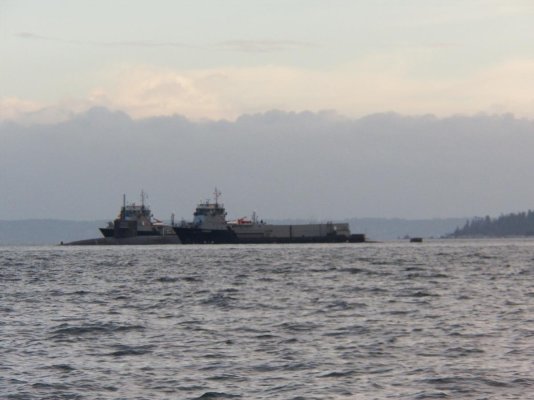What a wonderful thread this has turned into. Thank you all again for sharing your experiences and perspectives. It's been super helpful to put our experience into context.
@airstream, thanks for recognizing our good in the moment choices and providing concrete tips on next time. We'll use binoculars next time (had them but didn't think about it). We will consider reaching out via VHF next time - we had tuned it to 13 but didn't hear anything. I also think the zoomed out AIS to monitor CPA is a great tip - it could really help with planning. We could have crossed the channel further south, well before we even saw that ship and been pretty far away by the time it passed had we known what we know now.
Never thought much about subs or subs throwing a wake. Good to have on radar. Given we were in Poulsbo, we were near a 'no go' zone, it's good to have in our brain! Happy Thanksgiving, All!
@airstream, thanks for recognizing our good in the moment choices and providing concrete tips on next time. We'll use binoculars next time (had them but didn't think about it). We will consider reaching out via VHF next time - we had tuned it to 13 but didn't hear anything. I also think the zoomed out AIS to monitor CPA is a great tip - it could really help with planning. We could have crossed the channel further south, well before we even saw that ship and been pretty far away by the time it passed had we known what we know now.
Never thought much about subs or subs throwing a wake. Good to have on radar. Given we were in Poulsbo, we were near a 'no go' zone, it's good to have in our brain! Happy Thanksgiving, All!

